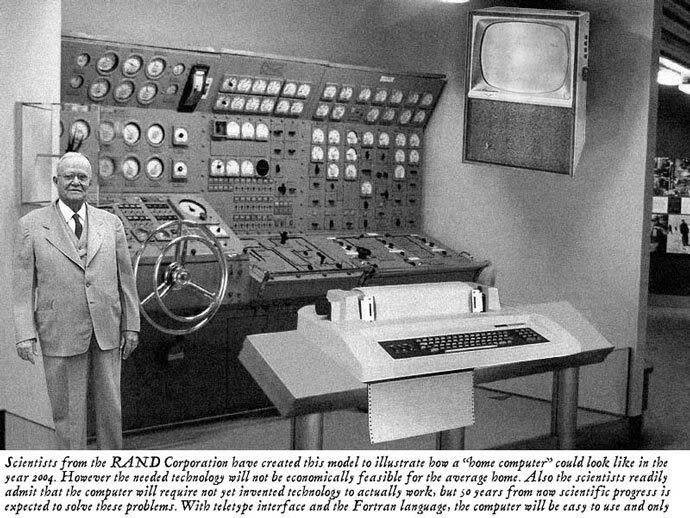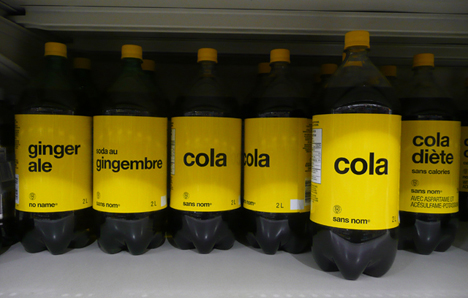This is a reply to Tim Martiniak’s post, Carbon-Offsetting for a Clear Conscience?.
First of all, what is Carbon Offsetting? It is a process where corporations invest money in environmental projects in order to reduce their total carbon footprint and appear more socially responsible.
Tim believes that the demand for offsetting companies will grow due to a long run change in consumer preference towards companies that are certified to be environment-friendly. I agree with Tim, the importance of corporate social responsibility to consumers can be seen in the success of products such as Tom’s shoes, where CSR is a large part of their marketing campaign.
However this growth of carbon-offsetting may not be a good thing. Many governments have carbon caps on companies, or limits on the net output of carbon. Widespread use of carbon offsets could cause a decrease of environmental standards as companies focus less on their own environmental policies in favor of increased carbon offsets to meet their caps. Firms may ask the question: why find innovative ways to reduce my own pollution output when I can easily buy offsets? This shows an example of the problems faced in performance management. In this system, even poor environmental policies of the company will be rewarded if it purchases offsets.
References
http://www.nature.com/climate/2007/0711/full/climate.2007.58.html
http://www.biv.com/article/20121106/BIV0114/311069956/star-turn-for-vancouver-carbon-offset-company













